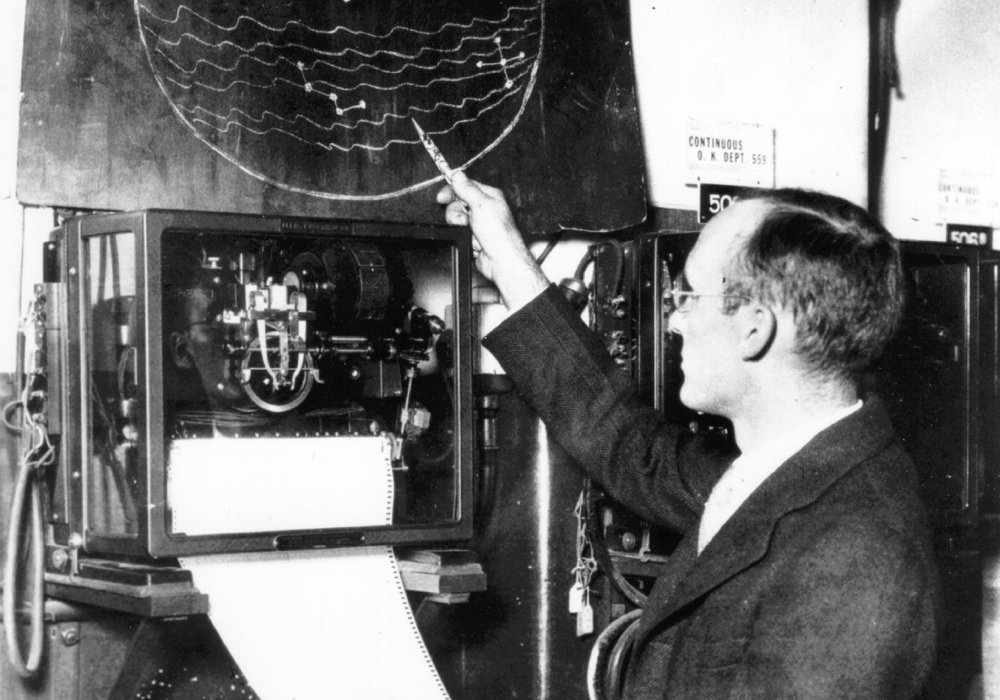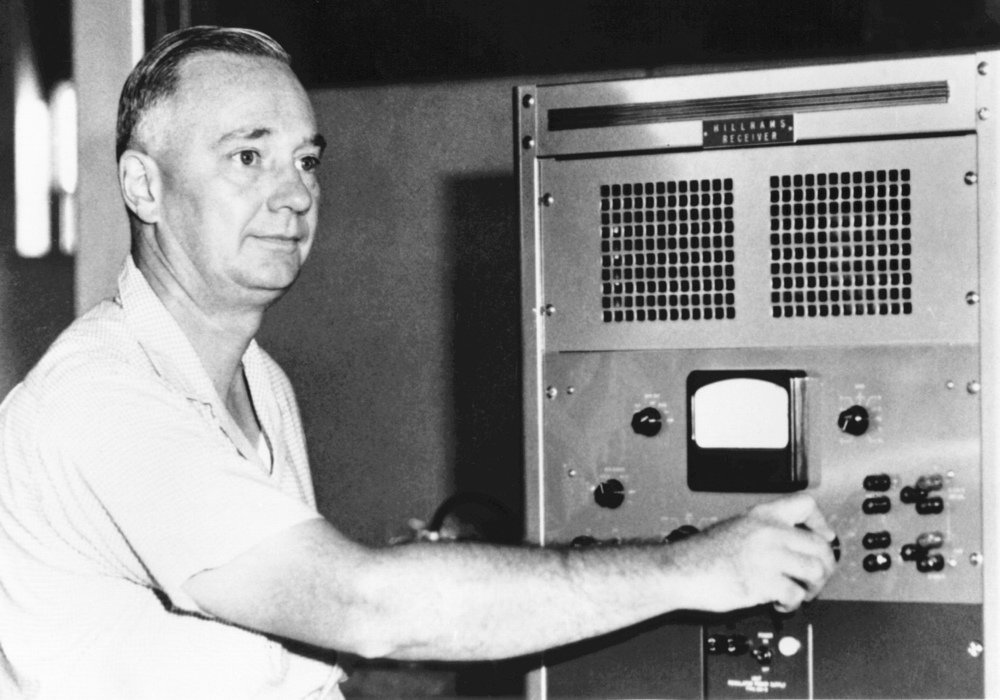Karl Jansky and Grote Reber, two pioneers in radio astronomy
Radio astronomy is a young science, born at the beginning of 20th century. There are two figures that have historically contributed to birth of this science: Karl Jansky and Grote Reber.
Jansky was an engineer that, at the end of 20s, worked at Bell Labs in New York society where, in particular, he were dedicated to recording of atmospheric interference at shortwave. From summer of 1931, Jansky built an instrument and he began to record an inexplicable signal whose origin was not clear. In 1932 he realized that the signal had every day a small advance over time and so Jansky concluded that it had to come from outside the Solar System. He became so famous in newspapers and on radio, but despite trying to attract attention of astronomers, his discovery was not followed. Jansky did not even have to any scientific recognition for his discovery and he died in 1950.

Grote Reber was only to deepen Jansky results building an instrument in order to receive waves from space. He built it in his house garden, the first radio telescope with parabolic antenna in the world. His instrument was equipped with a parabolic dish with a diameter of 9.6 meters and an altazimuth mount. From 1937 he began reception attempts at 3300 MHz but got nowhere until, in 1939, he began to record signal coming from Milky Way lowering frequency at 160 MHz. He began to realize first maps of sky radio emission and, with the construction of new and more sensitive receiver at higher frequency, he gradually improved resolution capacity.

After these initial and fantastic discoveries, few were interested in radio astronomy until the end of Second World War during which immense development of radar techniques allowed for the first time to build sensitive instruments to record faint radio signals also from more distant objects in the Universe.
